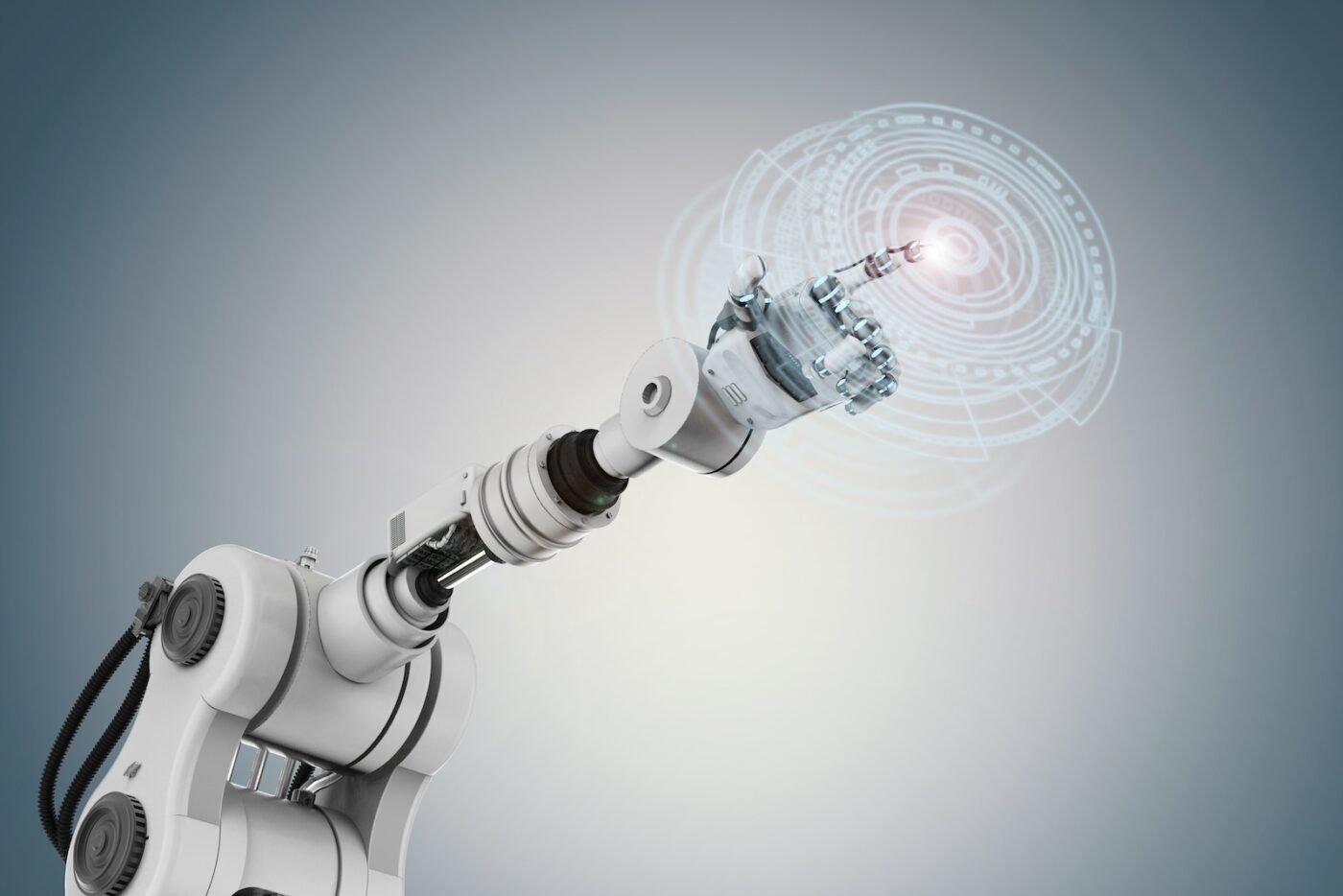Is this the Android Moment for Mobile Robots?

In a cluttered train maintenance bay in Hong Kong, a robot dog springs to life. It rises from its charging dock, walks toward a designated track, climbs into a train car, and begins inspecting hundreds of small details — emergency signage, lighting, locks, and safety equipment. It pauses at each waypoint, scanning and capturing images with machine precision.
This isn’t a scene from the future. It’s happening now, powered by R2C2 — a company with a bold mission: to make robots smarter, interoperable, and actually usable for frontline operations.
From Star Wars to a Real-World Robot Operating System
Founded by San Wong, a robotics engineer with roots at UC Irvine, R2C2 was inspired in part by Star Wars. “R2C2” is short for “Robot Collaborative Computing,” a nod to R2D2, but with a twist: the “C” stands for collaboration — the cornerstone of R2C2’s mission.
The company didn’t start as a product company. It began as a systems integrator, helping clients deploy commercial robots. But in the process, Wong quickly uncovered initial challenges in how robots are designed and deployed.
“There were connectivity issues, like relying on Wi-Fi in a landslide zone or confined tunnel,” Wong recalled. “If a human needs to stand next to the robot to operate it, what’s the point?”
The Mission: Build a Robot Operating System for Mobile Robotics
That early pain point sparked a new direction: build a modular control system that could work across any robot platform — American, Chinese, wheeled, legged, aerial — and make them truly autonomous, collaborative, and field-ready.
Today, R2C2 is exactly that: an AI-powered operating system for heterogeneous robot fleets. It handles everything from teleoperation over 5G to autonomous navigation, multi-robot collaboration, and AI-based inspection analysis.
“We’re like Android for robots,” Wong said. “A universal system that sits on top of any robot and makes it usable out of the box.”
Solving Three Big Problems
R2C2 is attacking several of the biggest barriers in real-world robotics adoption:
1. Robot Interoperability
Different robot brands don’t talk to each other. American robots speak one language, Chinese robots another. Even systems built on ROS (Robot Operating System) often use incompatible formats. R2C2 bridges those gaps, allowing fleet-wide coordination.
2. Lack of Application Software
Most robots ship as platforms — no applications, no interface, no usable features. R2C2 provides turnkey apps for inspection, patrol, and data collection, eliminating the need for in-house robotics teams.
3. Scalability
Companies want to deploy robots but lack the resources to manage them. R2C2 makes it possible to plug and play, even at scale, by taking care of control logic, communications, AI, and fleet management.
Real-World Use Cases of R2C2’s Robot OS
Train Inspection, Hong Kong
In the earlier example, R2C2-enabled robots conduct autonomous inspections inside train cars, checking thousands of visual items, from signage to fire extinguishers, achieving 99.07% inspection accuracy. What once took hours now takes minutes, with real-time AI analysis reducing human workload.
Infrastructure Monitoring
In tunnels and slope-side infrastructure, R2C2 robots monitor water levels, structural integrity, and potential hazards, keeping human workers out of danger zones.
Security Patrols and Smart Buildings
Partnering with NTT Docomo in Japan, R2C2 is powering robotics for private 5G smart building management systems, integrating with IoT devices and analytics for next-gen automation.
The AI Roadmap: Smarter, Safer, More Autonomous
R2C2’s current system uses advanced SLAM (Simultaneous Localization and Mapping), computer vision, and real-time fleet management over 4G/5G. But the future is even smarter.
Next-gen development includes:
• VLMs (Vision-Language Models) for voice-controlled robotics
• LLMs for natural language interaction in time-sensitive environments like train yards and disaster zones
• Swarm AI for multi-robot coordination in search-and-rescue and security
• Offline, GPS-denied navigation for rugged terrain and sensitive missions
Behind the scenes, R2C2’s software runs on NVIDIA Jetson platforms — specifically Orin modules — which use Arm-based CPUs for onboard AI processing. “We chose NVIDIA because the robotics community already builds on it, and it gives us access to high-performance AI acceleration,” Wong said. “But just as importantly, the Arm processors inside make our system power-efficient and flexible. We can offload heavy AI tasks to the GPU while using the Arm cores for low-latency operations like real-time control, inspection logic, or fleet coordination. That hybrid setup is key to running complex robotics in the field without needing a data center.”
Collaborating with the Industry’s Best
R2C2 has deep relationships with major robotics manufacturers including Boston Dynamics, Unitree, and Deep Robotics. Their platform gives robot makers a critical missing layer — software usability and long-term maintenance.
“We’re solving the second half of the robot equation,” Wong said. “The hardware is here, but nobody knows how to actually use it in the field. That’s where we come in.”
The Future of Mobile Robotics with R2C2’s Arm-Powered Operating System
In 2025, R2C2 is expanding into the United States, Canada, and Taiwan, aiming to become the default robot operating system for mobile robotics. The company is also exploring satellite-controlled deployments and secure on-prem solutions that allow Western companies to use Chinese robot hardware without risking data leaks. These security measures allow companies to leverage affordable Chinese robot hardware for mechanical capabilities while maintaining data sovereignty through R2C2’s trusted control systems that prevent unauthorized data transmission.
Whether in train yards, tunnels, or smart cities, R2C2 is doing something few others can: making robotics work — at scale, across brands, and in the field.
“In five years,” Wong said, “we want to be the platform that runs every robot that’s not tied to a warehouse or factory. The world needs mobile robotics. Arm’s power-efficient technology provides the ideal hardware, and we’re building the brains to make that happen.”
Any re-use permitted for informational and non-commercial or personal use only.











